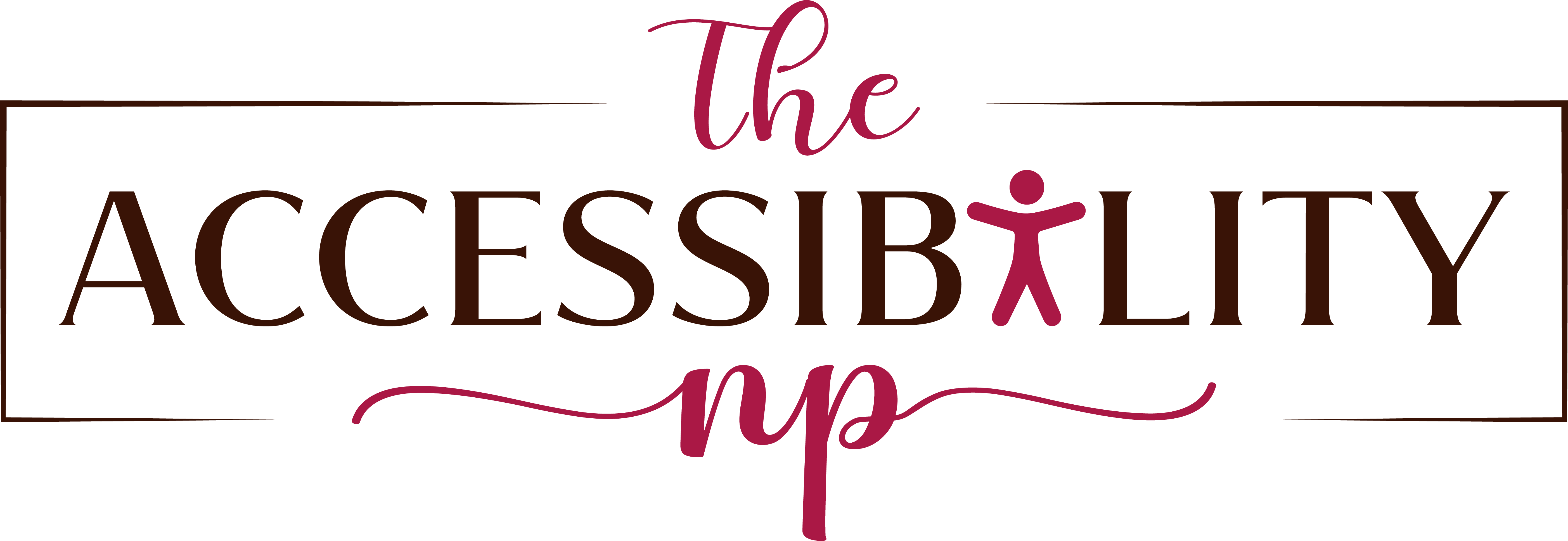Lately there’s been a lot of noise about the Department of Education being dismantled. Some say there’s no reason to panic because “the money will still go to the states.” That statement sounds simple—and reassuring—but it leaves out some key details.
If we really want to understand what’s at stake, we need to talk about how the money actually moves. Because when people talk about “IEP funding,” they’re really talking about federal special education grants under the Individuals with Disabilities Education Act, or IDEA. Those dollars don’t just appear in a school’s budget. They travel a long path with several checkpoints, requirements, and layers of oversight along the way.
Let’s follow that path step by step—and look at why changes to the Department of Education could ripple through the entire process.
Step One: Congress decides how much money education gets
Every year, Congress writes an appropriations bill—the national budget. This isn’t just about deciding how much goes to the military or highways. It also includes every federal agency, including the Department of Education.
Within that larger budget, there’s a line item for IDEA Part B: Grants to States. That’s the main source of federal special education funding. There are smaller sections—like Part C for early intervention services and Part D for personnel training and research—but Part B is where the big money lives.
Congress authorizes IDEA funding levels, but here’s the catch: the federal government has never met its original promise. When IDEA was passed in 1975 (then called the Education for All Handicapped Children Act), lawmakers said the federal share would cover up to 40 percent of the extra cost of educating disabled students. In reality, the average has hovered around 13 to 15 percent for decades. The rest comes from state and local budgets.
That means schools depend on the timing and reliability of every federal dollar they get. Any delay or reduction at the top filters down quickly.
Step Two: The Department of Education releases the funds
Once Congress passes the budget, the Department of Education (DOE) receives an overall appropriation. Inside the Department, the Office of Special Education Programs (OSEP) manages IDEA grants.
OSEP’s job isn’t just to send out money. It reviews state applications, checks compliance with federal requirements, and monitors performance indicators like graduation rates, least restrictive environment data, and dispute-resolution timelines. States that fall short must create corrective action plans before future funds are released.
This is the accountability layer most people don’t see. The Department tracks how money is spent, provides technical assistance, and enforces what’s called maintenance of effort—a rule that states and districts can’t use federal funds to replace local spending. If a district cuts its special-education budget and tries to fill the gap with federal dollars, it risks losing funding the next year.
If the Department of Education is dismantled or downsized, OSEP’s staff and responsibilities would have to move somewhere else—likely to another agency that doesn’t specialize in education. That would slow everything from grant approvals to data monitoring. Oversight gaps could appear overnight.
Step Three: States become the middle managers
After OSEP releases funds, each state’s education agency—usually called the State Department of Education or Department of Public Instruction—takes over. States receive an annual grant award and must submit a detailed plan describing how they’ll use and monitor the money.
States divide the funds between local school districts using a formula based on student population and poverty levels. A small portion stays at the state level to cover monitoring, professional development, and technical assistance.
Each state also has an IDEA fiscal manager responsible for auditing how districts spend the funds. If a district uses money outside allowable categories—for example, buying unrelated software or paying general administrative costs—the state can require repayment.
This is where timing becomes critical. States can’t distribute what they don’t have. If the Department delays releasing funds—or consolidates grants into larger, less transparent buckets—states may not know how much to expect or when it will arrive. That uncertainty pushes down to districts, which may freeze hiring or delay purchases until numbers are confirmed.
Step Four: School districts spend the money
Once districts receive their allocations, they integrate federal dollars into their overall budgets. Most districts spend IDEA funds on:
-
Special-education teachers and paraprofessionals
-
Related-service providers like speech-language pathologists and occupational therapists
-
Evaluations and assistive-technology assessments
-
Professional development and training
-
Equipment, adaptive materials, and specialized software
-
Extended-school-year or compensatory services
Districts must document every expense, report annually to the state, and keep records for potential audits. The paperwork can feel endless—but it exists for a reason. Without strict documentation, funds can disappear into general budgets or be redirected to areas unrelated to special education.
District leaders often talk about “cash flow” problems in special education. Even when funds are promised, they can’t be spent until released. A delay of just a few months can mean unfilled positions or postponed services. And because most school districts start their fiscal year on July 1 while Congress often finalizes budgets later, short-term borrowing or budget shuffling becomes routine.
Step Five: Oversight and enforcement
Oversight happens at multiple levels. States monitor districts; the federal Department monitors states. Families play a role too—through IEP meetings, due-process complaints, and state complaints.
When the Department of Education is fully staffed, it can review data, respond to complaints, and issue findings. When staffing is cut or offices are merged, those reviews slow down. That doesn’t technically change IDEA’s legal requirements, but it affects how quickly violations are caught and corrected.
This is why advocates are uneasy about “moving money to the states.” It’s not about whether the money exists—it’s about whether anyone is ensuring it’s used the way Congress intended.
The myth of “safe” funding
When people say, “Don’t worry, the money will still be there,” they’re usually referring to the fact that Congress hasn’t repealed IDEA. That part is true. The law is still on the books.
But laws and budgets aren’t the same thing. A law can require something, but if the budget isn’t released—or the agency responsible for oversight is hollowed out—implementation suffers. Think of it like having a prescription without a pharmacy to fill it.
Money can technically exist while still being inaccessible. Funds can be delayed, reallocated, or consolidated into larger programs that are harder to trace. Oversight cuts make misuse more likely, not because people are malicious, but because systems lose the staff and structure that keep everything transparent.
That’s what worries advocates: when there’s less accountability, inequities widen. Well-resourced districts can float costs while they wait for reimbursement. Under-resourced ones can’t. And when budgets tighten, special education—often the most expensive part of a district’s program—faces the first cuts.
What this means for families
For parents, all of this can feel far removed from daily life. You’re thinking about services, not spreadsheets. But the flow of money determines what happens in classrooms.
If your district can’t hire enough staff, or if services are reduced, it might not be because people don’t care—it could be because the funds haven’t arrived or were redistributed somewhere else.
That’s why understanding the path from Congress to the classroom matters. The more you know, the easier it is to ask the right questions:
-
Has our state received its full IDEA allocation yet?
-
Were there any delays in federal disbursement?
-
How does our district track special-education spending?
-
What happens if federal funding is consolidated or reduced midyear?
When you ask those questions, you remind decision-makers that families are paying attention. Transparency improves when communities demand it.
The importance of oversight
Oversight isn’t bureaucracy for the sake of paperwork—it’s protection. It ensures that special-education dollars reach the students they’re meant for and that districts don’t quietly divert funds to cover unrelated gaps.
If the Department of Education loses its enforcement arm, states will be left to police themselves. Some might do well; others might not. That inconsistency is exactly what IDEA was created to prevent. Before 1975, whether a disabled child received an education depended entirely on geography and local will. IDEA established a national baseline so rights wouldn’t change from one ZIP code to another.
Removing federal oversight risks returning to a patchwork system.
Why “trust” isn’t enough
Many people have faith that state leaders will do the right thing—and in some cases, they will. But systems built on voluntary compliance rarely protect those with the least power.
Federal oversight exists precisely because history showed that without it, disabled students were excluded or underserved. Trust in government is healthy when it’s paired with transparency and accountability. Blind trust, without data or structure, leaves families vulnerable.
So when someone says, “Just trust the process,” it’s worth asking, “Who’s running it, and who’s checking the books?”
What happens next
The administration’s proposal to reorganize or dismantle the Department of Education is still unfolding. Even if Congress approves the same overall funding amount, the details matter—what programs are consolidated, which positions are cut, and how oversight is reassigned.
If the Department’s staff responsible for IDEA compliance are reduced or scattered, expect delays in grant approvals, slower responses to state reports, and fewer audits. That doesn’t mean services stop overnight, but it does mean more pressure on states and districts to self-monitor.
For families, educators, and advocates, the coming months are about vigilance—reading between the headlines and watching for changes in how funds are released and tracked.
What we can do
You don’t have to be a policy expert to stay informed. Start by paying attention to three things:
-
Timing. Watch when your state announces its IDEA allocations for the new fiscal year. If they’re delayed, ask why.
-
Transparency. Check whether your state or district publishes IDEA budgets publicly. Many do. If it’s hard to find, that’s a red flag.
-
Communication. If your child’s services change, ask whether funding delays or shortages are part of the reason. Documentation helps when advocating for your student’s rights.
You can also contact your members of Congress. Ask them to support timely IDEA funding and oppose measures that weaken oversight. These messages matter because appropriations are political—lawmakers respond when constituents care.
And keep the conversation going locally. School boards, parent advisory councils, and advocacy networks all play a part in keeping pressure on decision-makers to prioritize special-education funding.
The bottom line
Yes, the money still exists—but money alone doesn’t guarantee access. The process that moves it, monitors it, and enforces it is what makes the system work.
When that structure is disrupted, accountability weakens. And when accountability weakens, students with disabilities pay the price.
We don’t need panic. We need clarity. We need to understand the mechanics so we can recognize when they’re breaking down.
Because for families who depend on IEPs, “trust us” isn’t a funding plan—it’s a gamble.

